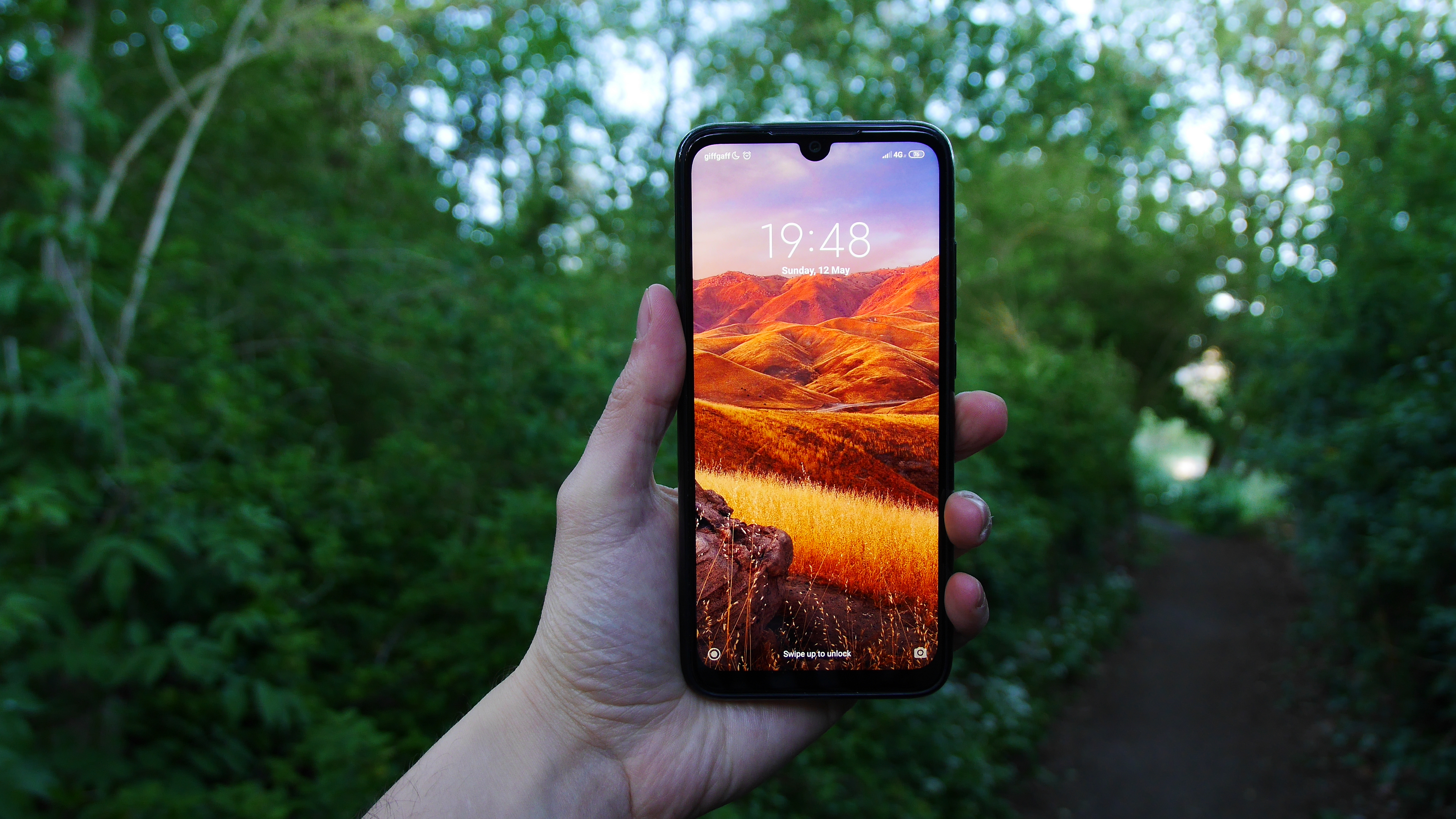Why you can trust TechRadar
Battery life
- 4,000mAh battery
- Lasts well beyond a day of moderate use
Boasting a 4,000mAh battery pack, which is seemingly a Xiaomi standard, we had high hopes for the Redmi Note 7 - especially with its power-sipping chipset in tow.
And thankfully, we weren't disappointed. Likely in part due to the aggressive app closures made by MIUI (Xiaomi’s particular flavor of Android) we found that standby times in particular for this device are very strong, with the Redmi Note 7 dropping only a few percentage points across the course of a night.
In general usage, after a 13 hour day, with 2 hours of commuting, listening to music on Bluetooth headphones, video, emails, messaging and calls, by the end we had an average of 67-70% left in the tank. By the estimation of most, this is a good showing.
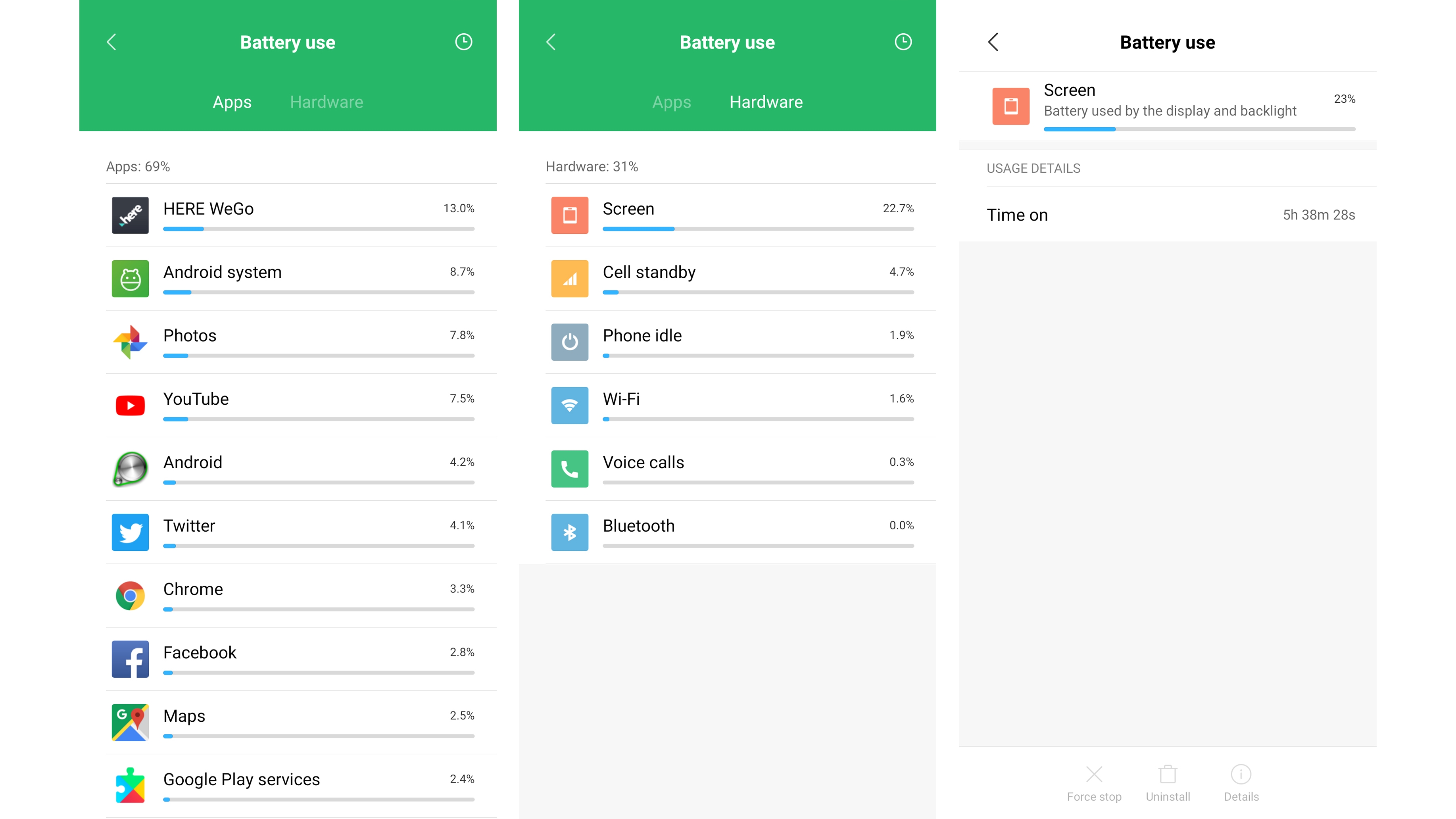
This is backed up by the standard TechRadar battery test (playing a full resolution video on max brightness over Wi-Fi for 90 minutes), which saw the Redmi Note 7 finish with 85% left in the tank - a loss of 15%.
This isn’t quite as impressive as the prodigious Moto G7 Power, however it smokes most of the competition, and certainly at this price point.
With light usage, and with the impressive standby times, this device could certainly serve as a ‘2-day’ smartphone. For most however, it will be a handset which can be pushed all day without fear of running out, an achievement in itself.
Camera
- 48MP and 5MP rear lenses
- Results are solid for the money
No matter what other specifications the camera may possess, from a marketing point of view only one thing matters - 48 megapixels. That is more than even the likes of the mighty Nokia Lumia 1020 had - but what does that mean in practice?
Before getting to that, the ½ inch main sensor on the rear comes with an aperture of f/1.8 and is flanked by a 5MP f/2.4 depth sensor for portrait shots. The selfie snapper has a mere 13MP to call its own, no special gimmicks and an aperture of f/2.2.
The camera app itself which Xiaomi has built is fairly average, which is to say it is basically a direct clone of Apple’s iPhone offering, which seems to have unofficially become the standard which the industry has adopted.
With an emphasis on letting the ‘AI’ choose various scene modes, it is also possible to quick toggle Auto HDR more and to swipe between various options, like Portrait and Panorama. The operation of the app is quick, and taking photos is a fuss-free affair.
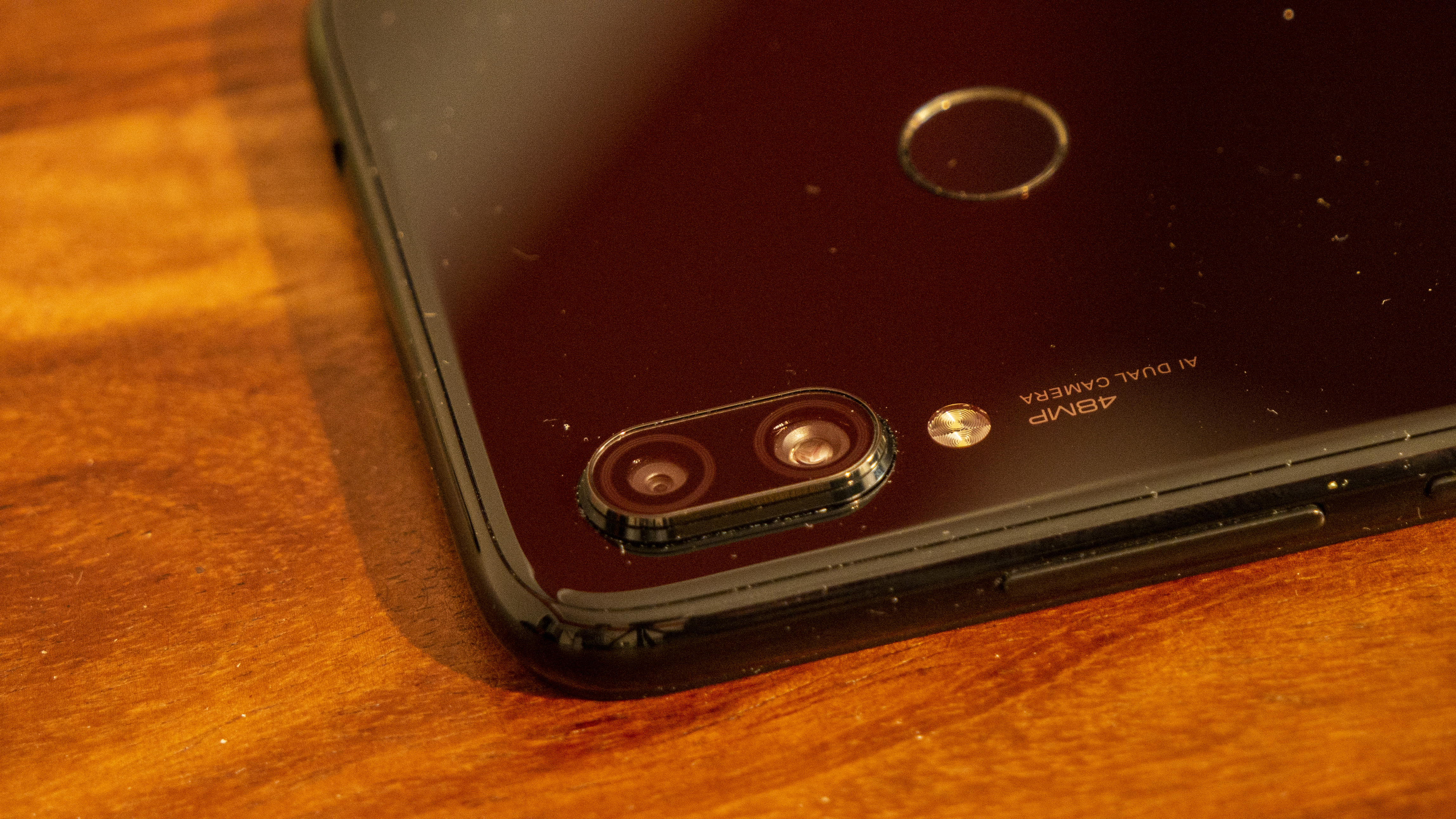
The quality of said photos is a very interesting matter indeed. While the marketing material talks a great game around the 48MP lens, in reality the sensor doesn’t generally make full use of those pixels for detail capture.
It is only possible to take ‘true’ 48MP images in Pro mode, and they are uniformly disappointing, looking muddy and overblown. Instead, in ‘normal’ mode, the camera combines information from groups of 4 pixels, meaning that the resulting images produced are 12MP overall.
And these images are a mile apart from the 48MP shots. Boasting usually nice detail and tasteful editing of the highlights, they are generally pleasing for the price point.
A typical issue of Xiaomi phones however seems to be saturation of one color at the expense of others. Here greens tend to become nuclear in 'nature' mode, while other shades are relatively muted, leaving the images feeling unbalanced.
This is something which can be solved with a software update, so the situation may change in future.
Low light, as it is for most budget devices, is still something of a challenge despite Xiaomi’s claims to the contrary. Compared to the likes of the Redmi Note 6 Pro however, it is improved, mostly due to the addition of a Night Mode.
This does the usual, combining a series of long exposures taken over a few seconds to improve resolution and increase the brightness of photos taken in very dark conditions. The results are mostly quite good, if not remarkable, though this is more to do with the absence of optical image stabilization than anything else.
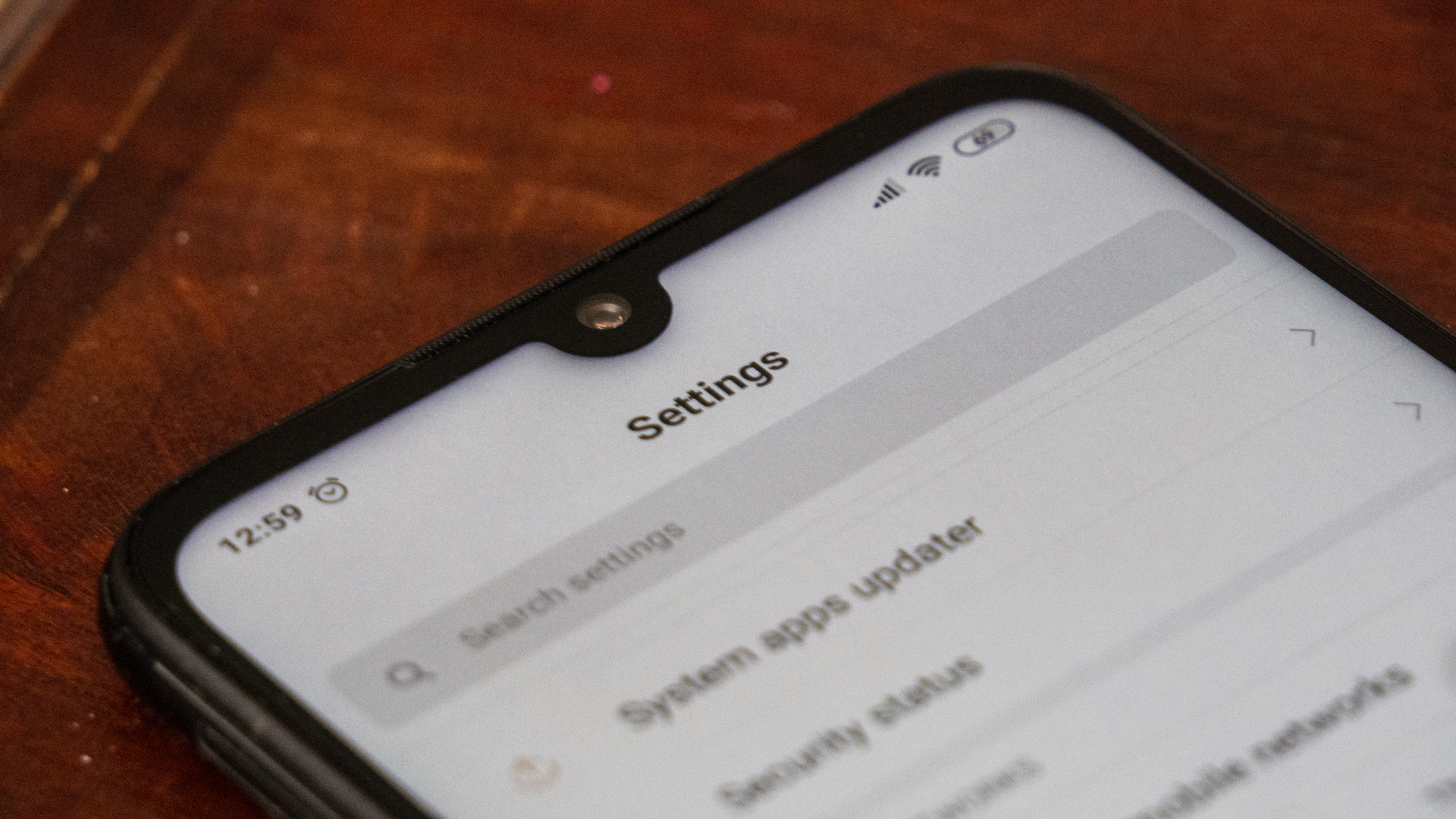
As a side note, this device comes with the potential to add a Google Camera APK, meaning that those in the know can dramatically increase the quality of pictures taken with very little investment in time - though there are security drawbacks to this process which should be kept in mind.
In all, and certainly for the price point, the Redmi Note 7 has a camera that, while not quite worthy of the hype, is certainly capable and perfectly suitable for most.
Camera samples



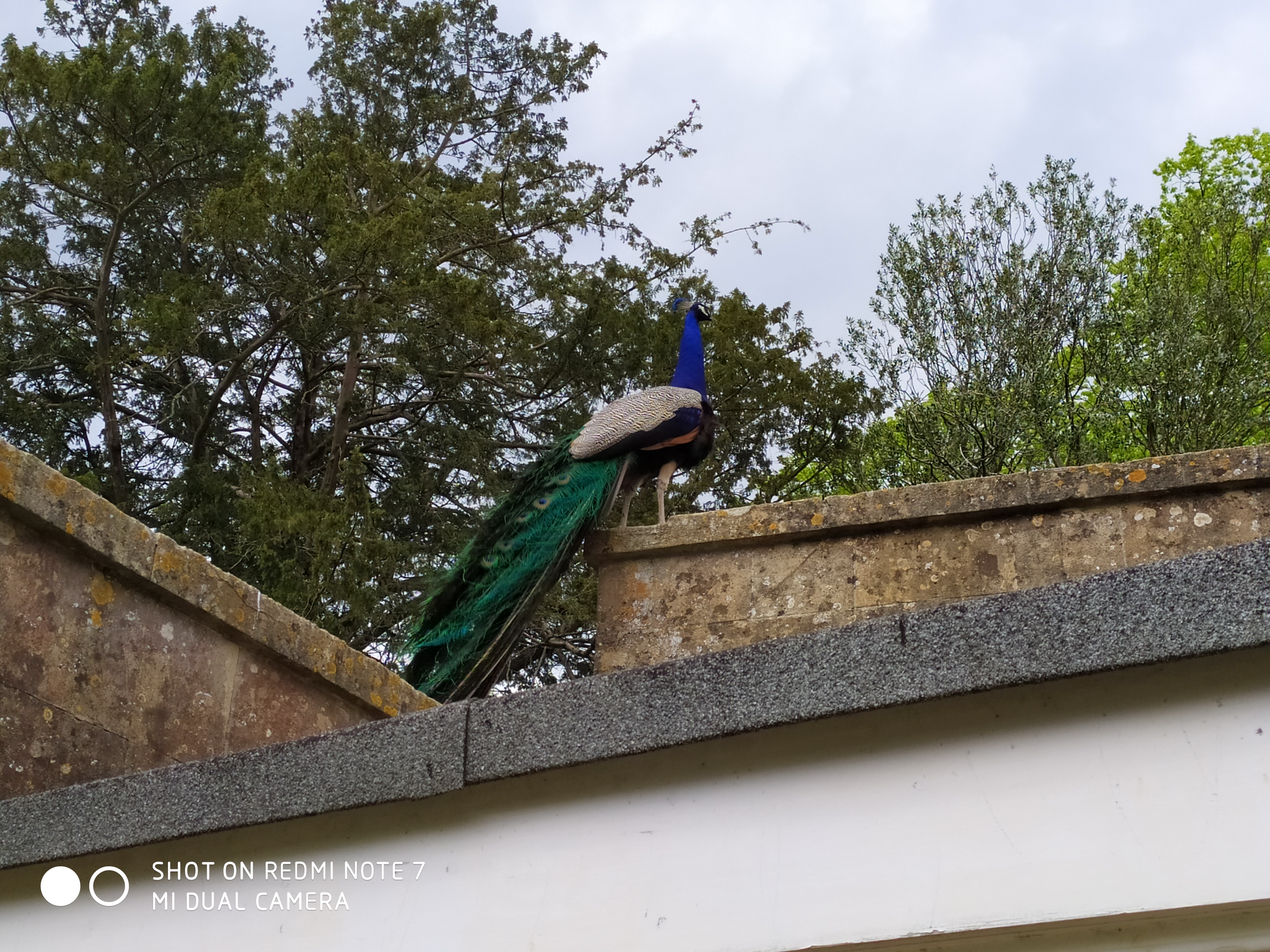

Current page: Battery life and camera
Prev Page Introduction, key features and design Next Page Anything else I should know?Sean is a Scottish technology journalist who's written for the likes of T3, Trusted Reviews, TechAdvisor and Expert Reviews.
